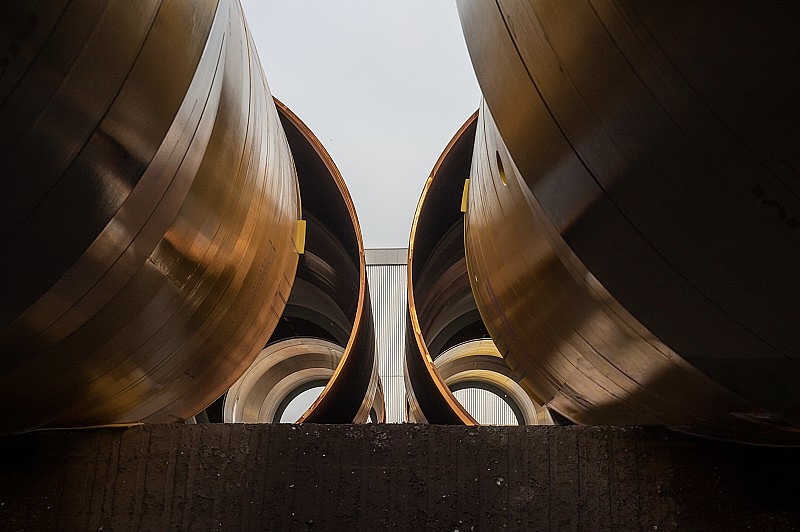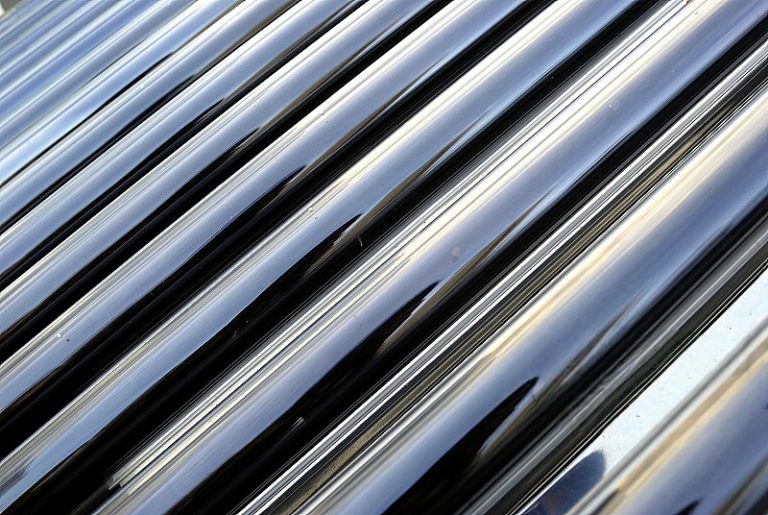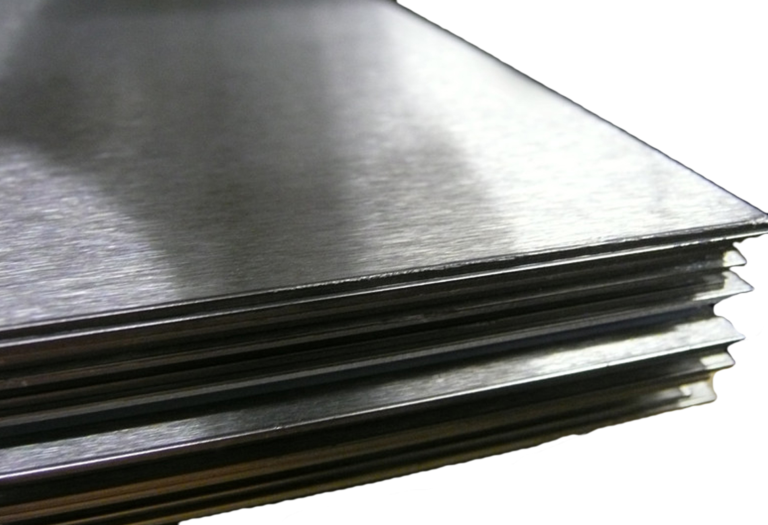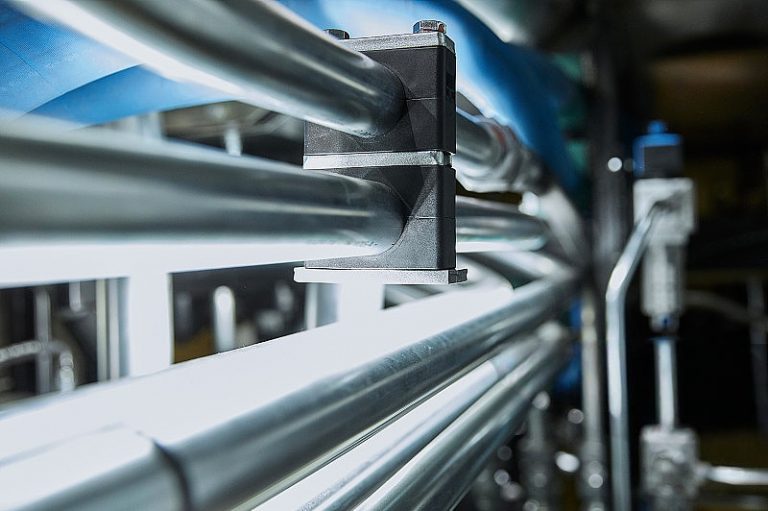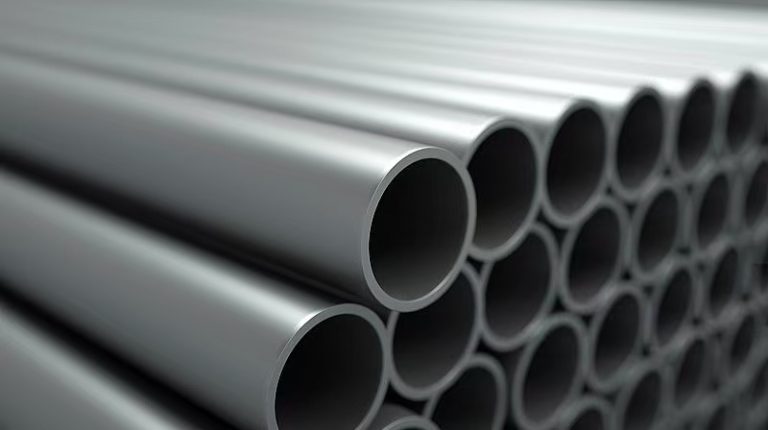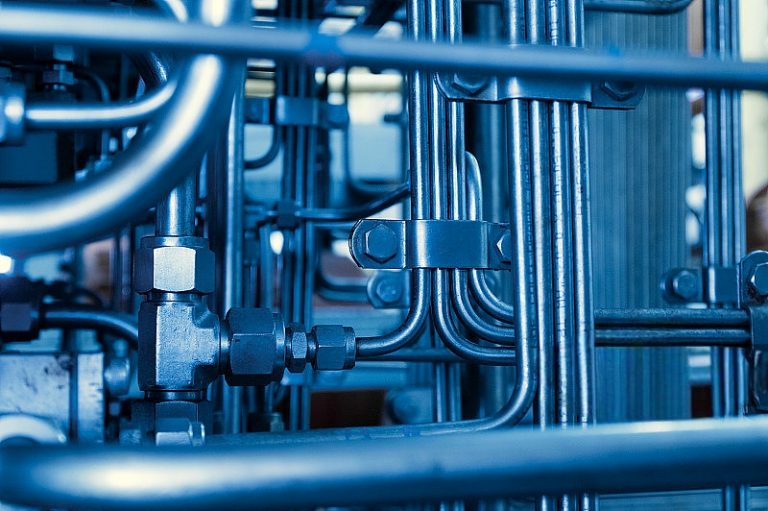Common knowledge of metal arrangement and heat treatment
(1) Metal Arrangement
- Metal: A substance that is opaque, has a metallic luster, good thermal and electrical conductivity, and its electrical conductivity decreases with increasing temperature. It is also malleable and ductile. The atoms inside a metal are arranged in a regular pattern, forming a solid (i.e., a crystal).
- Alloy: A substance composed of two or more metals or a metal and a non-metal, which possesses metallic properties.
- Phase: A component within an alloy that has the same composition, structure, and properties.
- Solid Solution: A solid metal crystal in which the atoms (or compounds) of one component are dissolved in the lattice of another component while maintaining the lattice type of the latter. Solid solutions are divided into interstitial solid solutions and substitutional solid solutions.
- Solid Solution Strengthening: The phenomenon where the hardness and strength of a solid solution increase due to the distortion of the lattice caused by the solute atoms occupying the interstitial sites or substitutional positions in the solvent lattice.
- Compound: A new crystal solid structure formed by the chemical reaction between the components of an alloy, which possesses metallic properties.
- Mechanical Mixture: An alloy composition formed by two different crystal structures. Although it consists of two types of crystals, it is a single composition with independent mechanical properties.
- Ferrite: An interstitial solid solution of carbon in α-Fe (body-centered cubic iron).
- Austenite: An interstitial solid solution of carbon in γ-Fe (face-centered cubic iron).
- Cementite: A stable compound of carbon and iron (Fe3C).
- Pearlite: A mechanical mixture of ferrite and cementite (F + Fe3C, containing 0.8% carbon).
- Leidesdorfite: A mechanical mixture of cementite and austenite (containing 4.3% carbon).
(2) Heat Treatment
A technique that involves heating, holding, and cooling metal materials within the solid state to alter their structure and properties. - Annealing: A heat treatment process where a metal or alloy is heated to a phase transformation or partial phase transformation temperature, held for a certain period, and then cooled slowly.
- Normalizing: A heat treatment process where steel is heated to a temperature above complete phase transformation, held for a certain period, and then cooled in air.
- Quenching: A heat treatment process where steel is heated to a phase transformation or partial phase transformation temperature, held for a certain period, and then rapidly cooled.
- Tempering: A heat treatment process where quenched steel is reheated to a certain temperature (below the phase transformation temperature), held for a certain period, and then cooled.
- Quenching and Tempering: A combined heat treatment process where a steel part is quenched and then subjected to high-temperature tempering.
- Surface Heat Treatment: A heat treatment process that alters the structure or chemical composition of the surface of a steel part to improve its surface properties.

